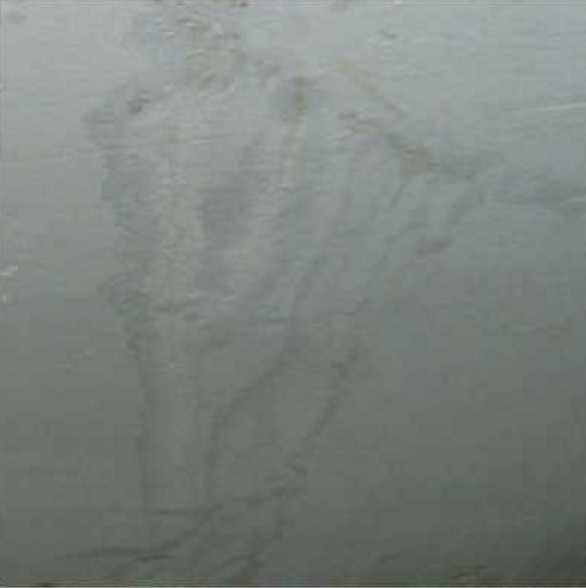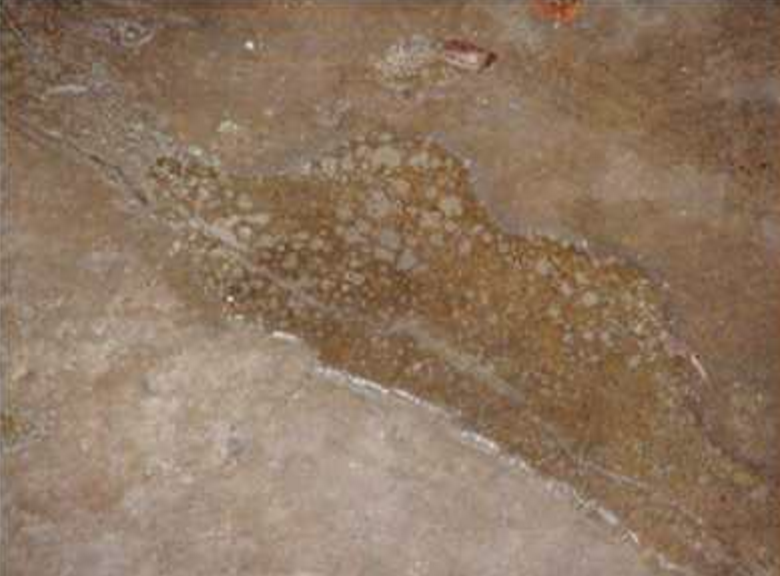Concrete Cracks
A crack occurs in a material when the tensile stress applied to that material exceeds its tensile strength. It is thus uncommon to find cracks occurring in concrete structures as concrete has a low tensile strength. Tensile stress is built up when a tendency to change in size is wholly or partially restrained. Such restraint is present in slabs in the form of subgrade friction and is provided in structural members by adjacent members to which they are connected
Cracking concrete can also be due to chemical attacks, expansion of the reinforcement due to corrosion, inadequate structural support, differential movements with other adjacent materials, momentary loading such as that due to vibrations from traffics, machinery etc, soil movements, externally applied load such as that from wind, a new extension above the structure etc.
Cracks in concrete floors can be resulted from various reasons such as shrinkage of the concrete, movement of the subgrade, carbonation of the cement and expansion of the corroded rebar as illustrated in Famous Crack Circles. These cracks have different patterns.
Typically, cracks can be broadly divided into two; pre-hardening and post-hardening as illustrated in the figure.

In most of the cases, cracks may occur due to many reasons such as design errors, poor quality of concrete, poor workmanship, environmental factors etc.
Types of Concrete Cracks
Early thermal contraction cracks
Early thermal contraction cracks are caused primarily by the generation of heat when cement is hydrated. As there is uneven buildup and dissipation of heat throughout the concrete, this leads to thermal stresses being developed as the concrete expands or contracts at different rates. This results in crack formation and provides a passage for water seepage. The stresses in the concrete can be either caused by internal restraint or external restraint (Concrete Society, Technical report No. 22) .The outer surface contracts faster than the inner core hence causing differential strains across section. Fig 1 and Fig 2 show the possible appearances of such crack on wall and floor respectively.

Figure 1 Early thermal crack on wall

Figure 2 Early thermal crack on slab
Movement cracks
Diagonal cracks on walls (Figure 3) is often caused by differential movement. This type of crack not only opens up a passage to water but it has a potential to cause structural failure. If not treated promptly, this type of crack may propagate and cover a larger area.

Figure 3 Movement crack
Concrete Durability
A concrete structure is considered to be of adequate durability if it performs in accordance with its intended level of functionality and serviceability over an expected or predicted life cycle. Durable concrete must have the ability to withstand the potentially deteriorative conditions to which it can reasonably be expected to be exposed.
Concrete deterioration can be due to adverse mechanical, physical, or chemical causes. It is often the case where one or more deteriorative mechanisms are at work by the time a problem is identified. In fact, in terms of deterioration of concrete due to physical or chemical causes, the mobility of fluids or gases through the concrete are nearly always involved. The overall susceptibility, or penetrability of a concrete structure, especially when compounded by additional environmental or exposure challenges, is the key to its ultimate serviceability and durability.
Low porosity/permeability/penetrability of concrete to moisture and gas is the first line of defense against: corrosion of steel embedments and reinforcements, carbonation, acid attack, sulfate attack, alkali-aggregate reaction, and efflorescence to name a few of the most prominent concrete ailments.
Factors Influencing Durability of Concrete
- Shape and the bulk of concrete
- The cover to the embedded steel
- The environment
- The type of cement
- The type of aggregate
- The cement content and the water-to-cement ratio
- Workmanship